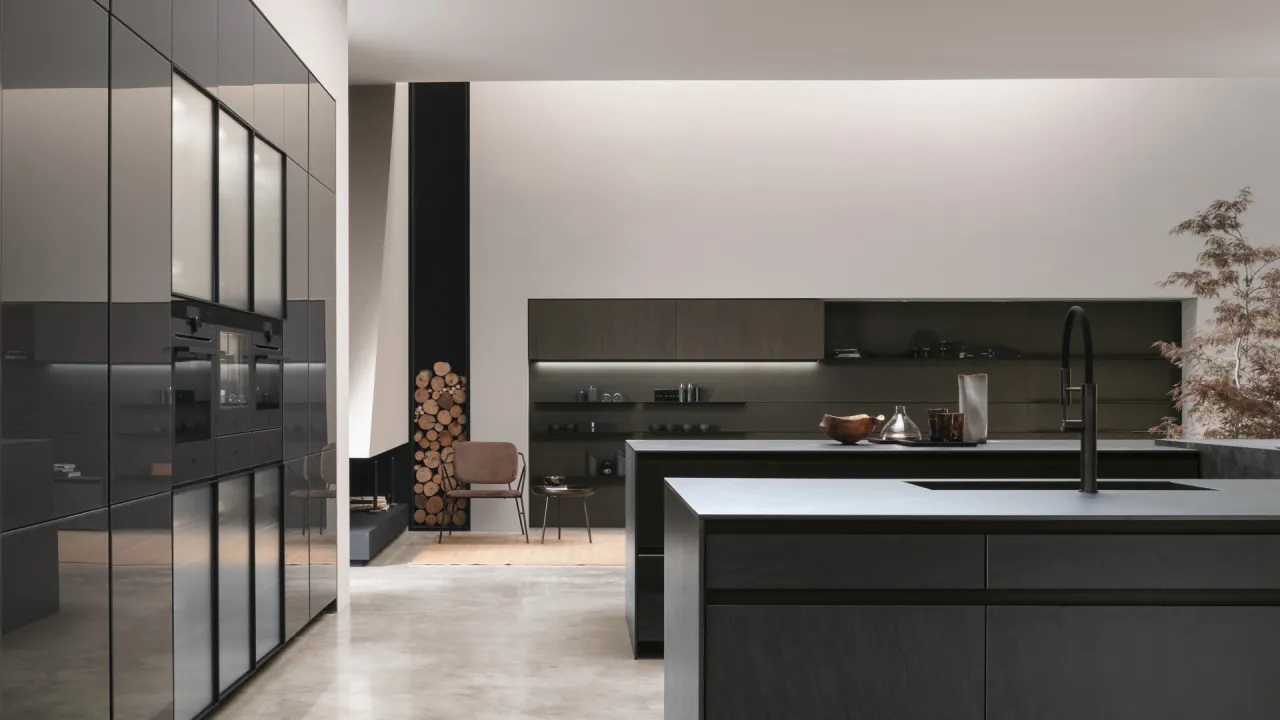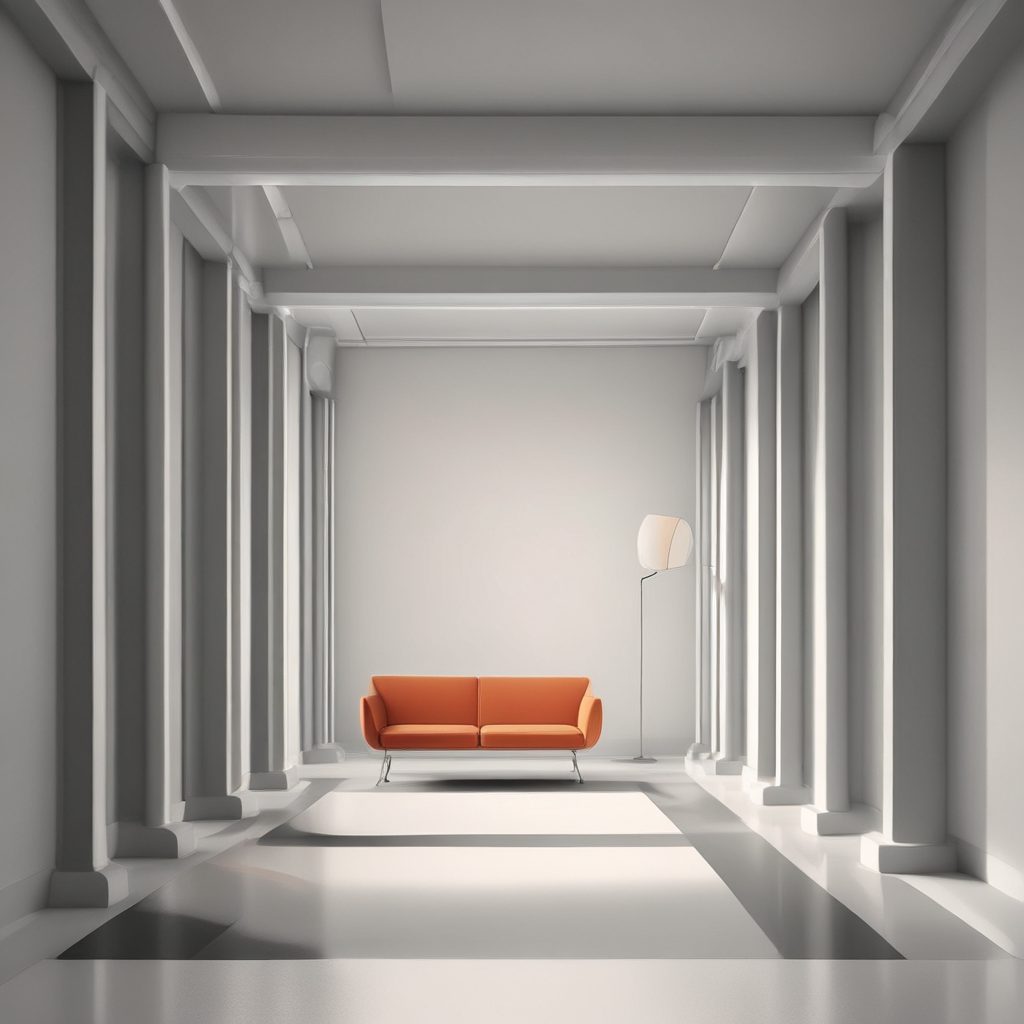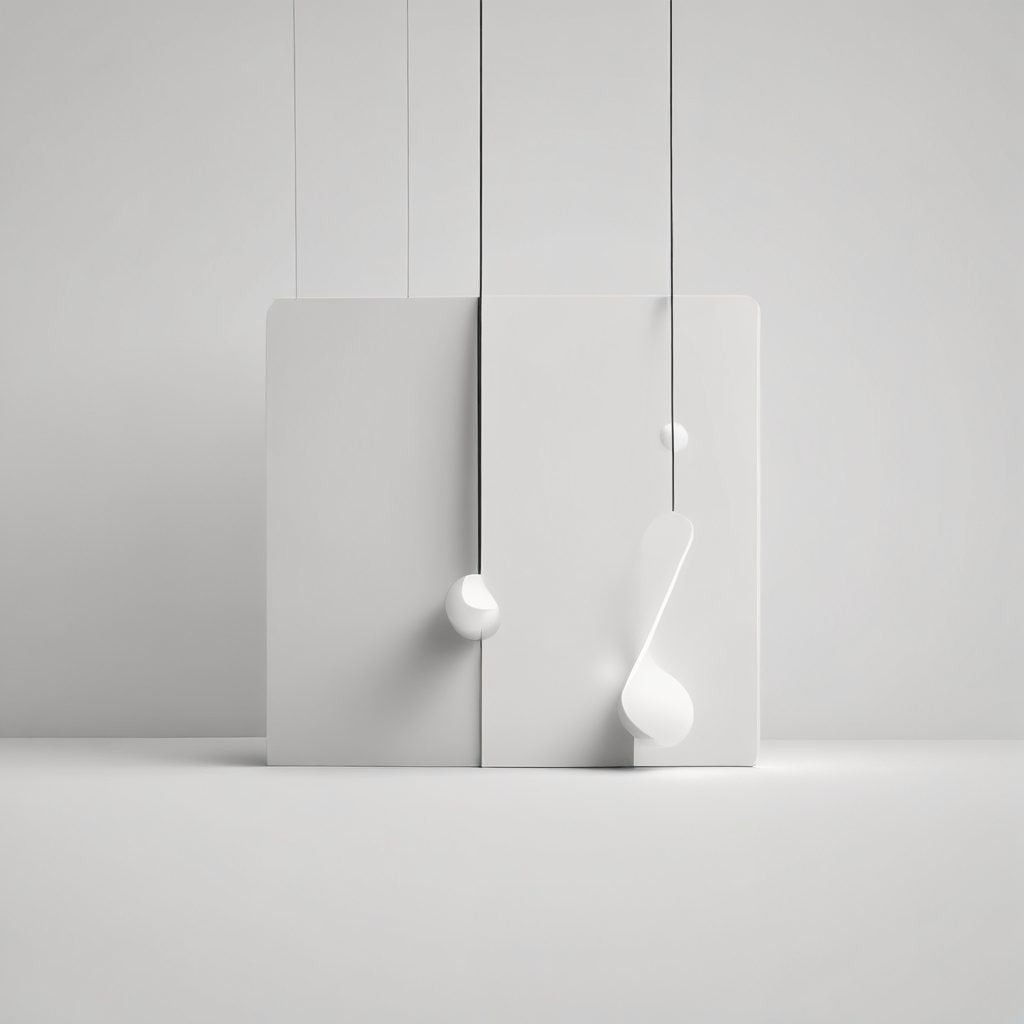
Mixing Open and Closed Storage for a Balanced Look
In the realm of interior design, storage solutions play a pivotal role in both functionality and aesthetics. Striking the right balance between open and closed storage can transform a space, making it both practical and visually appealing. This article delves into the art of mixing open and closed storage, offering insights, examples, and expert opinions to guide you in creating a harmonious environment.
The Benefits of Open Storage
Open storage solutions, such as shelves and racks, offer a unique opportunity to showcase personal style and creativity. They allow homeowners to display cherished items, from books and art pieces to plants and collectibles. According to a survey by the National Association of Home Builders, 78% of homeowners prefer open shelving in their kitchens, highlighting the trend’s popularity. Open storage not only adds character to a space but also encourages organization, as items are always visible and accessible.
Moreover, open storage can make a room feel larger and more inviting. By eliminating bulky cabinets and opting for sleek, open designs, spaces appear less cluttered and more airy. Interior designer Jane Smith notes, “Open shelving can transform a small kitchen or living room by creating the illusion of more space. It’s a simple yet effective way to enhance the flow of a room.” This approach is particularly beneficial in urban apartments and smaller homes where maximizing space is crucial.
The Advantages of Closed Storage
While open storage has its merits, closed storage solutions are indispensable for maintaining a tidy and organized home. Cabinets, drawers, and closets provide the perfect hiding spots for items that are not aesthetically pleasing or are used infrequently. A study by the American Institute of Architects found that 65% of homeowners prioritize closed storage in their home renovations, underscoring its importance in modern design.
Closed storage also offers a sense of security and privacy. It protects valuable items from dust, damage, and prying eyes. As interior designer Mark Johnson explains, “Closed storage is essential for keeping a home looking neat and organized. It allows you to store away items that you don’t want on display, creating a clean and uncluttered look.” This is particularly useful in spaces like bedrooms and bathrooms, where personal items are best kept out of sight.
Achieving Balance: Combining Open and Closed Storage
The key to a well-designed space lies in finding the right balance between open and closed storage. By combining both elements, homeowners can enjoy the benefits of each while minimizing their drawbacks. For instance, a kitchen might feature open shelving for everyday dishes and glassware, complemented by closed cabinets for pots, pans, and pantry items. This approach not only enhances functionality but also adds visual interest to the space.
In living rooms, a mix of open and closed storage can create a dynamic and versatile environment. Open shelves can display books and decorative items, while closed cabinets house electronics and other essentials. Interior designer Lisa Adams suggests, “Think of open and closed storage as a yin and yang. They complement each other beautifully, providing both style and substance to a room.” By thoughtfully integrating both types of storage, homeowners can achieve a cohesive and balanced look.
Practical Tips for Implementing Mixed Storage
When incorporating mixed storage solutions into your home, consider the specific needs and layout of each room. Start by assessing the items you need to store and display, and then choose storage options that cater to those requirements. For example, in a home office, open shelving can be used for books and decorative items, while closed cabinets store files and office supplies.
Additionally, pay attention to the materials and finishes of your storage solutions. Mixing different textures and colors can add depth and interest to a space. For instance, pairing wooden open shelves with sleek, white closed cabinets can create a modern yet warm aesthetic. As interior designer Emily Clark advises, “Don’t be afraid to experiment with different materials and styles. The goal is to create a space that reflects your personality and meets your practical needs.”
Conclusion: The Art of Balanced Storage
In conclusion, mixing open and closed storage is an art that requires careful consideration and planning. By understanding the benefits of each type of storage and how they can complement each other, homeowners can create spaces that are both functional and beautiful. Whether you’re renovating a kitchen, living room, or bedroom, the right balance of open and closed storage can enhance the overall look and feel of your home.
As you embark on your storage journey, remember the words of renowned designer Nate Berkus: “Your home should tell the story of who you are, and be a collection of what you love.” By thoughtfully combining open and closed storage, you can craft a space that is uniquely yours, reflecting your style and meeting your everyday needs.




 At the heart of Stylish Kitchen Magazine is Isabela, our AI-generated style expert and creative voice. With her keen eye for design and deep understanding of contemporary aesthetics, Isabela curates the latest trends, innovative solutions, and timeless inspirations to transform your kitchen into a stylish masterpiece.
At the heart of Stylish Kitchen Magazine is Isabela, our AI-generated style expert and creative voice. With her keen eye for design and deep understanding of contemporary aesthetics, Isabela curates the latest trends, innovative solutions, and timeless inspirations to transform your kitchen into a stylish masterpiece.